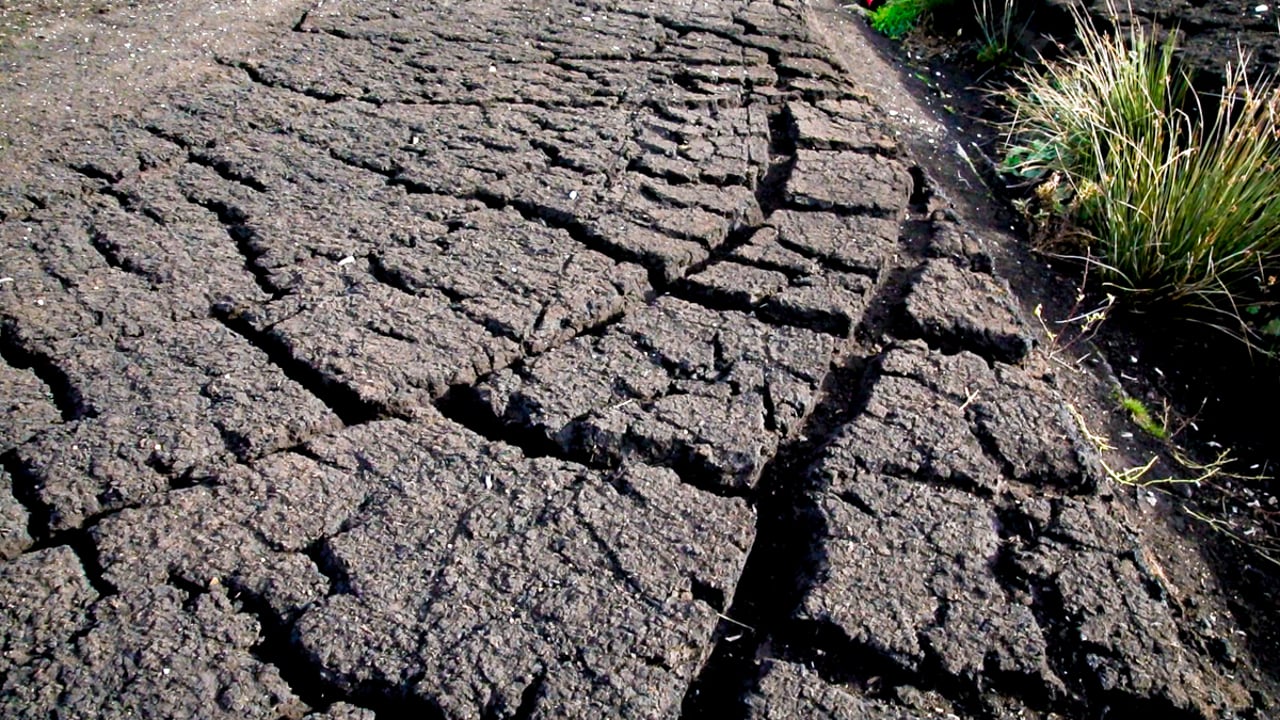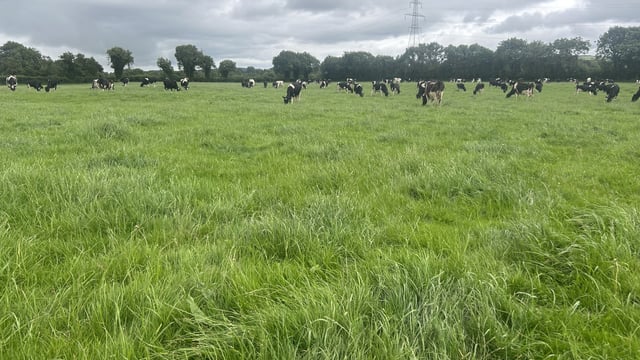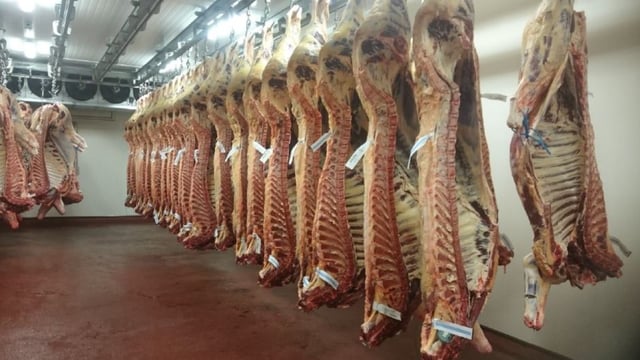EPA: Large-scale commercial peat extraction continues
The Environmental Protection Agency (EPA) has today (Thursday, June 26) published its report on 'Large-Scale illegal Peat Extraction in Ireland'.
The EPA has investigated 38 sites across seven counties – Offaly, Kildare, Tipperary, Westmeath, Roscommon, Longford and Sligo – where large-scale commercial peat extraction is being carried on without any of the necessary authorisations from the local authorities.
These illegal operations are contributing to an export trade of 300,000t of peat annually, valued at almost €40 million, according to the report.
The EPA stated that it deployed significant resources to carry out 170 enforcement inspections between 2021 and 2024.
It added that it has also taken legal actions at district court and High Court level against operations on areas greater than 50ha.
These legal actions have resulted in the cessation of illegal peat extractions on several peatlands in recent years. A number of actions remain live before the courts, the EPA added.
Local authorities have the primary responsibility for regulating all commercial peat extraction, specifically regarding compliance with environmental legislation including the performance of Environmental Impact Assessments (EIA), Appropriate Assessments (AA) associated with protected habitats, and decisions on the planning permissions for those activities.
Local authority enforcement performance in this area is "patently inadequate", according to the EPA report.
The agency is directing local authorities to take appropriate enforcement actions against these kinds of operations within their jurisdiction.
The report noted that appropriate regulation of peat harvesting can provide important protections for the environment.
Bord Na Móna has lawfully operated nine different peatland complexes across 11 counties under licence from EPA, until 2020 when these operations ceased.
Now, in accordance with their licence conditions and with the support of the Peatlands Climate Action Scheme, Bord na Móna is engaged in the rehabilitation of those peatlands.
The report highlights that almost 19,000ha was rehabilitated by the end of 2024.
Commenting on the report, director of the EPA Office of Environmental Enforcement, Dr. Tom Ryan said: “Operators engaged in unauthorised peat harvesting activities are in flagrant violation of environmental law.
"They are destroying our precious natural environments and this needs to stop.
"The environmental damage caused by large-scale peat extraction operating outside regulatory control is catastrophic for the environment.
"It results in the destruction of vital ecosystems for biodiversity, the loss of important carbon sinks for our efforts on climate change and the decimation of an irreplaceable cultural and scientific amenity and resource," he added.
The EPA claimed that the authorities have been "conspicuous" in their lack of enforcement of environmental law.
"They need to step up to meet their legal obligations as regulatory authorities, prioritise their resources and use the ample enforcement powers at their disposal to bring these illegal activities to an end and to protect our environment," Dr. Ryan continued.
“Bord na Móna is an excellent example of where appropriate engagement with the environmental regulations, including EPA licensing requirements, has worked to minimise the negative impacts of peat harvesting on the environment and to secure the longer-term rehabilitation of those harvested peatlands.”
The report outlines the authorisation process which operators need to follow depending on the scale of peat extraction undertaken.
Large-scale commercial peat extraction can only take place if it is granted planning permission. In some cases, an EPA licence is also required.
- For peat extraction from on an area greater than 50ha, the extraction needs an
Integrated Pollution Control (IPC) licence from the EPA as well as planning permission from the relevant local authority. An EIA is required. AA is required if peat extraction have a significant effect on a protected area; - For peat extraction on an area between 30ha and 50ha, planning permission from the relevant local authority and an EIA is required. AA is also required if peat extraction could have a significant effect on a protected area;
- For peat extraction less than 30ha, planning permission from the relevant local authority and an EIA may be required if the extraction is likely to have a significant effect on the environment. AA is required if peat extraction could have a significant effect on a protected area;
The report does not refer to the extraction of peat as fuel for domestic use.





